You can learn everything about trading. This is the ninth chapter of the Beginner Course, we are
going to talk about Support and Resistance Concept.
In this chapter, you will learn about:
- Support and Resistance Concept in Trading
- The basic principle of Support and Resistance
- Forms of Support and Resistance Concept
SUPPORT & RESISTANCE CONCEPTS
In trading, empty or filled candlesticks are
not used as a benchmark for buying or
selling, because the candle only states
action in the market where a lot of sales
or purchases are made.
By using tools called support and
resistance, then when we know the best
time to buy or sell.

BASIC SUPPORT AND RESISTANCE
In a graph there are upper and lower
limits.
Upper Limit is called Resistance and
Lower Limit is called Support.
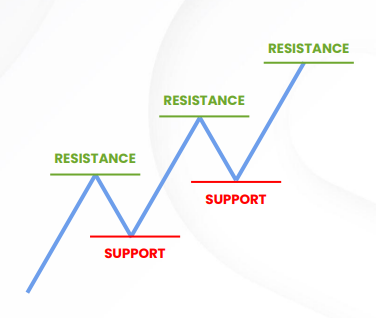
In conditions the price breaks the
Support or Resistance, price will form a
new Support or Resistance.
When the price is moving between
Support and Resistance, then we better
wait until we can see a clear trend.

THE PRINCIPLE OF SUPPORT AND RESISTANCE
The basic principle of Support and Resistance, as follows:
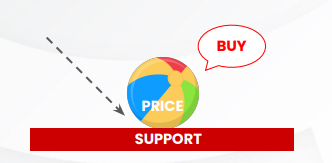
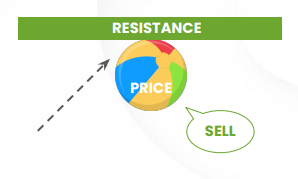
If the price touches Support, then
the position we take is BUY.
If the price touches Resistance,
then the position we take is SELL.
However, the price does not merely move between Support and Resistance.
Dynamic prices may break out or exceed the Existing Support and Resistance.
If the price breaks through the
Support, then the position we take is
SELL.

If the price breaks through the
Resistance, then the position we take
is BUY.

VARYING FORMS OF SUPPORT & RESISTANCE
After traders feel understanding about Support and Resistance, Forex Investor will need to learn to recognize the following:
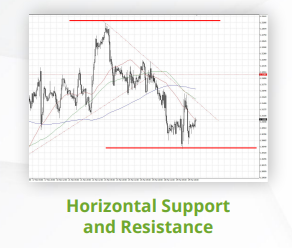
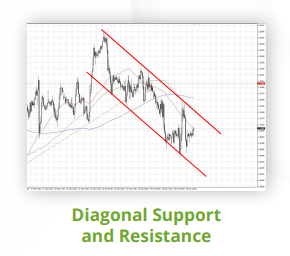
HORIZONTAL SUPPORT AND RESISTANCE
Horizontal support and resistance levels
are perhaps the easiest levels to identify.
The currency pairs will often rise and fall
to the same price levels before turning
around and moving back in the opposite
direction.
These price levels are horizontal support
and resistance levels.
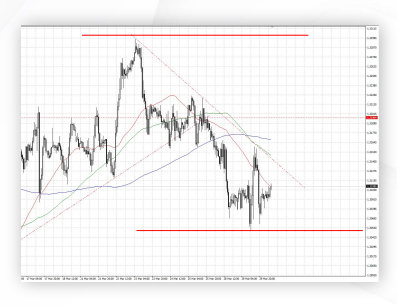
DIAGONAL SUPPORT AND RESISTANCE
Diagonal support and resistance levels
are usually the most important levels
when you are analyzing a currency pair
that is trending and can be more difficult
to identify when you were just getting
started.
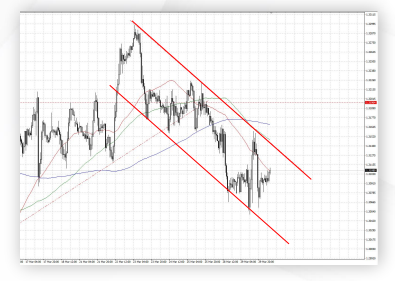
The currency pairs will often rise and fall
in a stair-step pattern, form higher highs
and higher lows or lower highs and lower
lows.
The lines that connect these highs and
lows are your diagonal support and
resistance levels.





